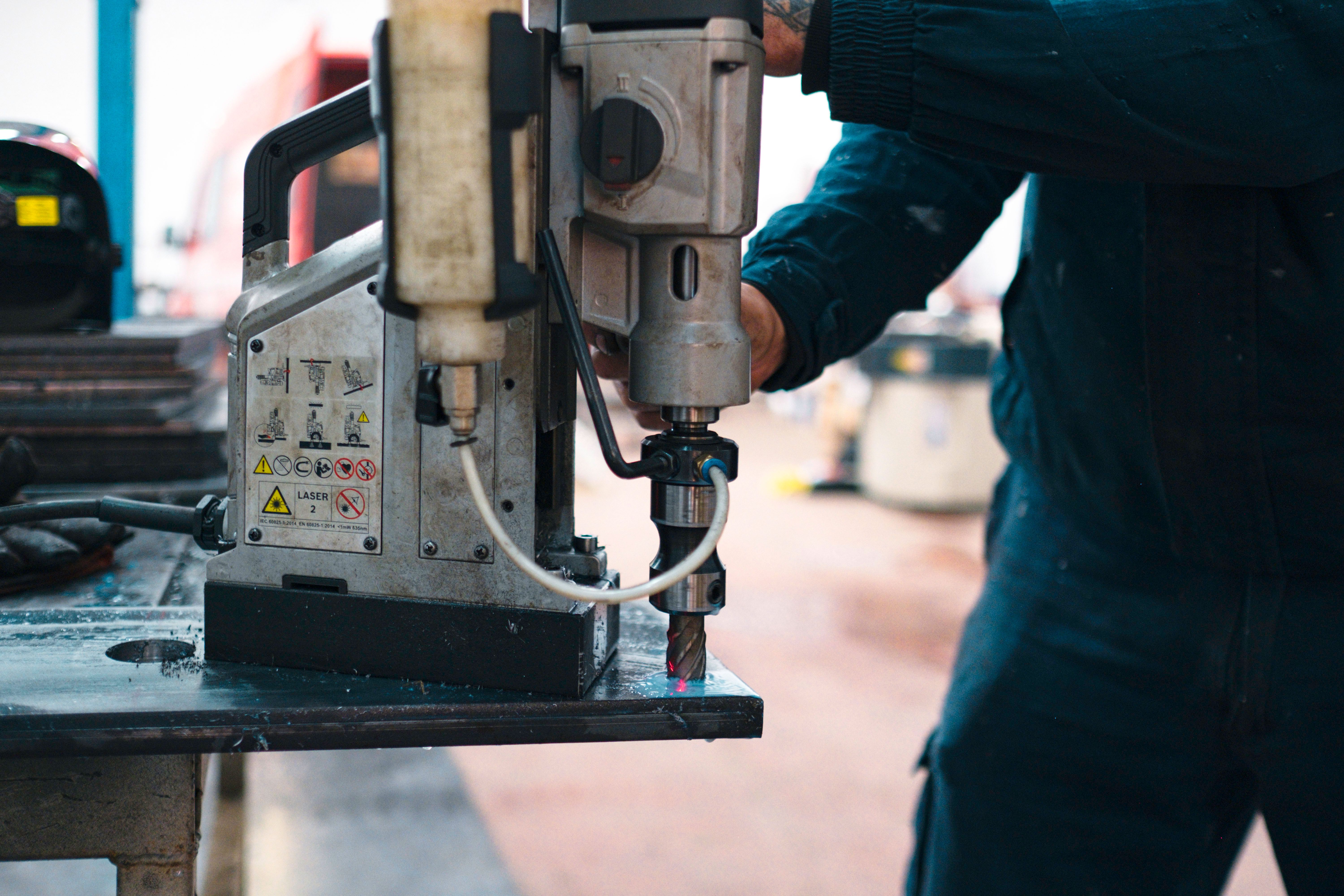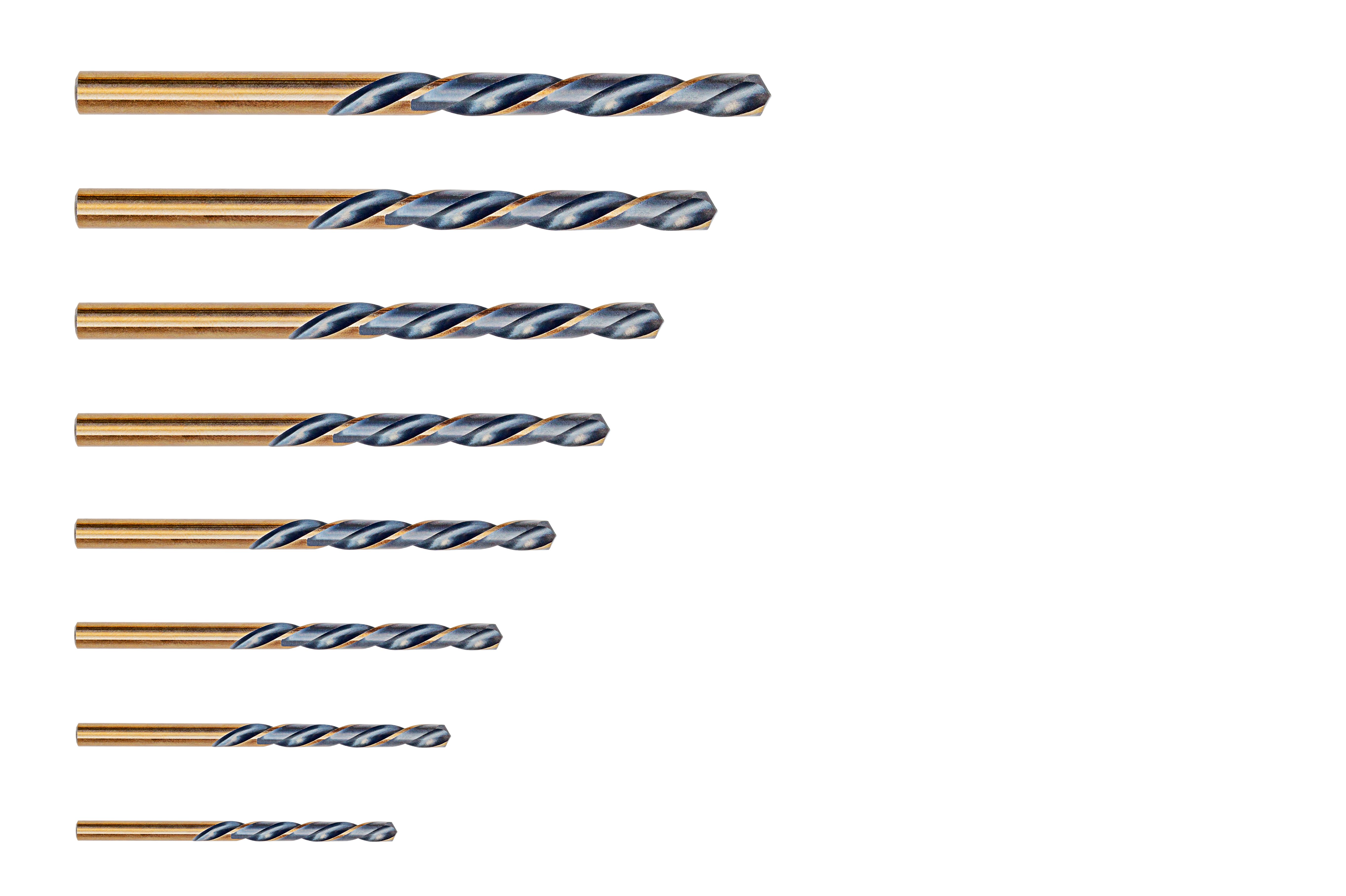Safety First: Beginner's Guide to Using a Magnet Drill
RR
Understanding the Basics of Magnet Drills
Magnet drills, also known as magnetic drill presses, are powerful tools designed for drilling precise holes in metal surfaces. While they are incredibly effective, they also require careful handling to ensure safety. For beginners venturing into the world of magnet drills, understanding the basic components and functions is crucial.
The primary feature of a magnet drill is its electromagnet base, which securely attaches the drill to a ferrous metal surface. This stability allows for accurate drilling and prevents movement during operation. It's important to ensure that the surface is clean and flat for optimal magnetic adhesion.

Pre-Operational Safety Checks
Before using a magnet drill, conducting a few simple checks can prevent accidents and ensure smooth operation. Here are some essential steps:
- Inspect the drill: Check for any visible damage or wear on the tool and its components.
- Verify power connections: Ensure that all electrical connections are secure and that the power supply matches the drill's requirements.
- Test the magnetic base: Activate the magnet on a test surface to ensure it holds firmly before proceeding with drilling tasks.
Using Appropriate Personal Protective Equipment (PPE)
Safety gear is a must when operating a magnet drill. At a minimum, you should wear safety goggles to protect your eyes from metal shavings and dust. Additionally, wearing ear protection is advisable since these drills can be quite loud during operation.
Gloves are also recommended to protect your hands but ensure they fit snugly without loose fabric that could get caught in the drill. Always dress appropriately, avoiding loose clothing and securing long hair to prevent entanglement.

Proper Drilling Techniques
When beginning to drill, it's important to start slowly to allow the bit to create a guide hole. Gradually increase the speed as the bit penetrates deeper into the metal. Always maintain a firm grip on the drill, ensuring it remains stable throughout the process.
Avoid applying excessive force; let the tool do the work. Overloading the drill can lead to overheating or damage to both the tool and the material being drilled. Regularly check the progress and pause occasionally to allow both the bit and motor to cool down if necessary.
Handling Drill Bits with Care
Drill bits are integral to achieving clean and precise holes. Always select the correct size and type of bit for your specific task. Keep them sharp and clean for optimal performance. Blunt or damaged bits can lead to uneven holes or increased resistance while drilling.
After use, store drill bits in a dry place to prevent rusting. Regular maintenance of these bits will extend their lifespan and improve drilling efficiency.

Concluding Safety Practices
Once you've completed your drilling tasks, always switch off the power supply and disengage the magnetic base before moving or storing the drill. Clean any metal shavings or debris from both the tool and work area to maintain a safe environment for future use.
Finally, maintaining a routine check on all parts of the magnet drill ensures that it remains in good working condition. Treating your equipment with care not only enhances safety but also prolongs its operational life.